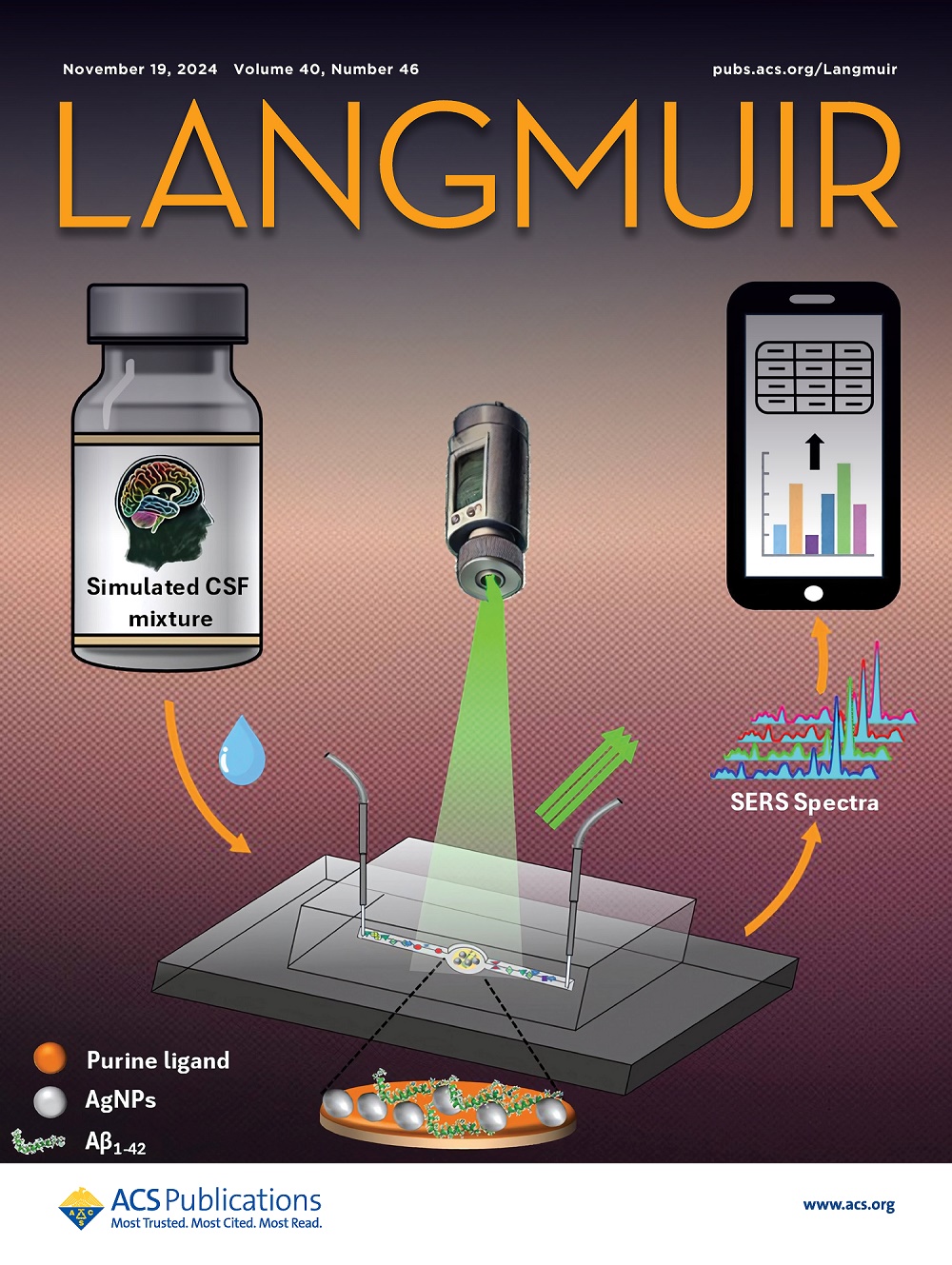Anodic Potential Driven Electrochemiluminescence of Luminol/O2 System with the Immobilized TEMPO Mediator
IF 3.7
2区 化学
Q2 CHEMISTRY, MULTIDISCIPLINARY
引用次数: 0
Abstract
The oxygen reduction reaction (ORR) has been recognized well as an essential step to trigger the electrochemiluminescence (ECL) of the luminol/O2 system but suffers from sluggish reaction kinetics. Herein, ECL of the luminol/O2 system without involving ORR is reported by using a 4-amino-2,2,6,6-tetramethylpiperidine-1-oxyl (4-amino-TEMPO) grafted glassy carbon electrode (4-amino-TEMPO/GCE). This electrode exhibits high catalytic activity toward the oxidation of luminol, though it is covered with an organic film. Such promoted luminol oxidation on the electrode results in a 5.0-fold ECL enhancement at an anodic potential, ensuring the ECL detection as more sensitive. The mechanism studies indicate that the catalysis of 4-amino-TEMPO/GCE can provide additional luminol anion radical (L–•) for enhancing the ECL of the luminol/O2 system. Hence, this work introduces a different approach to modulate luminol oxidation for enhancing ECL emission based on an immobilized organic oxidation catalyst.

求助全文
约1分钟内获得全文
求助全文
来源期刊

Langmuir
化学-材料科学:综合
CiteScore
6.50
自引率
10.30%
发文量
1464
审稿时长
2.1 months
期刊介绍:
Langmuir is an interdisciplinary journal publishing articles in the following subject categories:
Colloids: surfactants and self-assembly, dispersions, emulsions, foams
Interfaces: adsorption, reactions, films, forces
Biological Interfaces: biocolloids, biomolecular and biomimetic materials
Materials: nano- and mesostructured materials, polymers, gels, liquid crystals
Electrochemistry: interfacial charge transfer, charge transport, electrocatalysis, electrokinetic phenomena, bioelectrochemistry
Devices and Applications: sensors, fluidics, patterning, catalysis, photonic crystals
However, when high-impact, original work is submitted that does not fit within the above categories, decisions to accept or decline such papers will be based on one criteria: What Would Irving Do?
Langmuir ranks #2 in citations out of 136 journals in the category of Physical Chemistry with 113,157 total citations. The journal received an Impact Factor of 4.384*.
This journal is also indexed in the categories of Materials Science (ranked #1) and Multidisciplinary Chemistry (ranked #5).
 求助内容:
求助内容: 应助结果提醒方式:
应助结果提醒方式:


